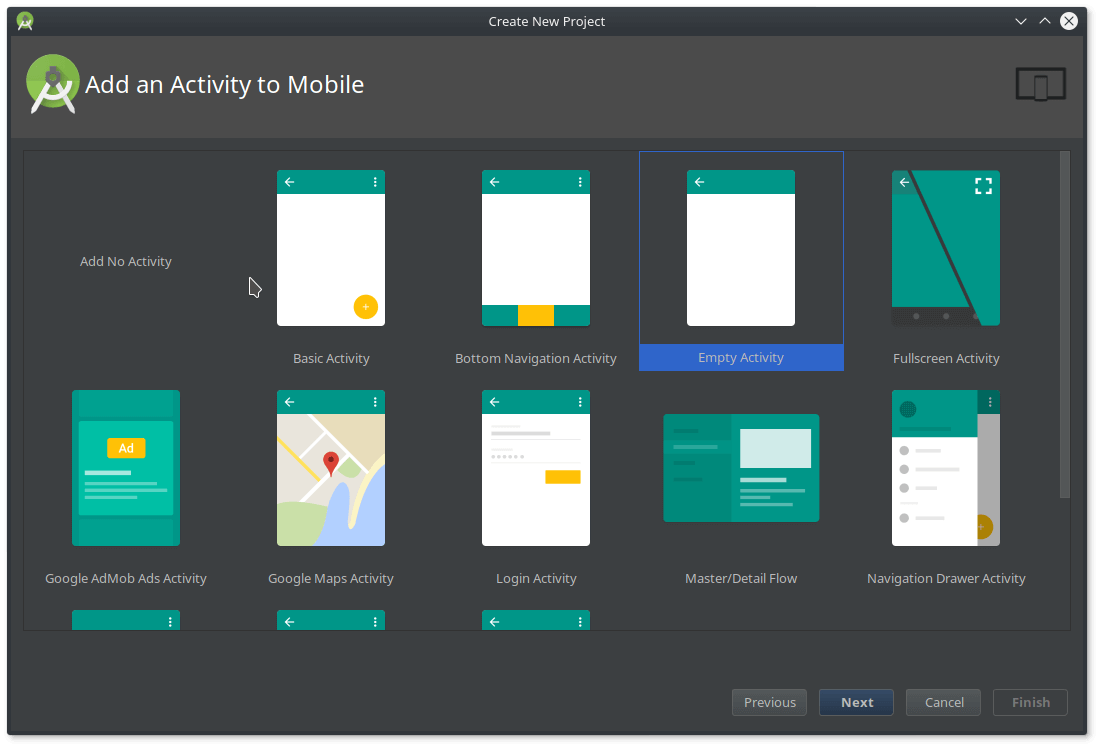
It’s also the default build tool for Android Studio. This approach allows the plugin to properly configure the Android subprojects and.

So, I wonder if there is any guideline on how to adopt these changes with respect to older adle (project level) will be a relief. While Maven is more mature, Gradle seems to be gaining ground quickly, and because it’s backed by Google, we can expect good, long-term support. gradle or ), which is located in the root project directory. With this version, there are a lot of changes in adle (project level).

So I found the link on the Maven repository, and I think I'm supposed to do something with the following: // Ĭompile group: '', name: 'flatbuffers-java', version: '1.3.0.1'īut the comments in my project's Gradle (which is supposed to be a library by the way - but that's another story.) says I should not place my "dependencies here" (see below) // Top-level build file where you can add configuration options common to all sub-projects/modules.Ĭlasspath ':gradle:2.1. For now 13th Feb 2022, latest android studio's stable version is BumbleBee. Sounds great, but I can't get it working with anything, in particular Google's flatbuffers. Method 1 Step 1: Open Android Studio and navigate to File Settings Then just click on Build, Execution, Deployment Tab Build Tools Gradle Use default Gradle wrapper (recommended) option. I think I'm supposed to use Gradle to automatically download dependencies from the web. It has a simple declarative syntax and makes building different variants of your app (e.g.

Just switching over from Eclipse to Android Studio. The new Gradle-based build system for Android apps is a huge improvement over older eclipse, ant, and maven-based approaches.


 0 kommentar(er)
0 kommentar(er)
